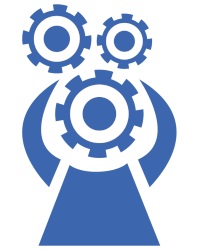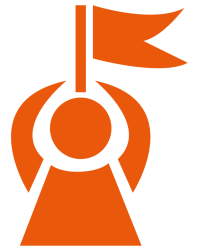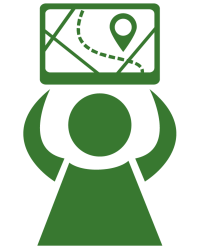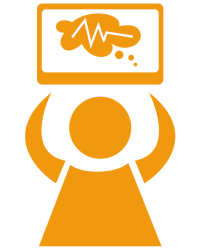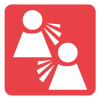3. THE APPLICATION PHASE
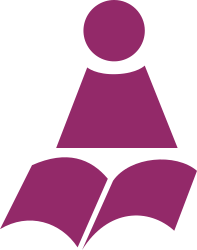
This is a phase in the self-learning process. All that has taken place prior to this was in preparation for the self-learning journey. Set a date for the Extension Phase meeting with your circles, and send them on their way. To support them in the process, they can make use of the UPSIM learn-to-learn language platform. Here they will find the scaffolding needed to stay on track and keep notes on their progress.
Introduce the independent platform on the UPSIM webpage to them, which contains the tools and self-mentoring resources necessary for completing the self-learning scenarios.
This section can stand alone as an independent language learning tool for women who are not taking part in an UPSIM mentorvention, or it can be used as part of the Application phase in the UPSIM Mentorvention Cycle.
The platform can be accessed from a laptop or mobile device, meaning it can be accessed by anyone, anytime and anywhere. The resources do not require a lot of technical expertise, and many of the learning activities can be carried out in connection with everyday life.
The self-directed learner has the highest probability of succeeding in achieving learning goals. Therefore the totality of the Application Phase activities is based on the elements that researchers have defined as the DNA of self-directed learners.
Whereas the focus in the Mentorvention Circles is on presenting mentors with the tools and strategies for providing external support to foreign-born women. These phase lets the women experiment and experience their own steps in moving forward in life with resilience and motivation.
The Application Phase places emphasis on giving foreign-born women the tools needed to become successful learners, which will be achieved by making methods and strategies available directly to them. Furthermore, suggestions and leads on how to put them into use are an integrated part of the toolkit, facilitating the internalisation of these competences through their own processes and in their own time.
The tools in the Application Phase have combined elements from the concept of mentoring, the Key Competence of Personal, social, and learning-to-learn. These have been merged with elements from self-directed learning to create the five dimensions:

SELF-AWARENESS
- What am I able to do?
- What do I need to get better at?

GOAL SETTING & PLANNING
- What learning would I like to achieve?
- Setting my learning goals
- Planning my self-learning agenda

INITIATIVE & OWNERSHIP
- Understanding my learning limitations & possibilities
- Taking responsibility for my own learning
- Finding driving questions and analogies
- Seeking input from others

ENGAGEMENT & MANAGEMENT
- Understanding my learning strategies and how they affect my learning
- Select & seek out resources available to me
- Check my own progress

MONITORING & ADAPTING
- How did my approach change what I did?
- Work on tasks with encouragement from others
- Adapting what I do for future learning
The 5 dimensions and their elements are at the foundation of the concept and have specifically been in focus for the design of the Application Phase resources. These resources intend to foster in the individual the ability to become independent lifelong learners. The user tips and explanations have also been translated into minority languages to ensure that the users get a grasp of the nuances in the processes and to enable them to transfer more complicated thought processes via their mother tongue at a meta-level.
These steps have been designed to help individuals become self-directed in non-and informal learning contexts, especially foreign-born women who have little educational experience from their home country and hence have yet to have the opportunity to adapt existing and internalise new healthy learning strategies.
For those who have experience from an education system, but perhaps have internalised unhealthy or culturally different study habits, this can be a helpful foundation for adjusting and internalising these and further developing healthier and more efficient learning strategies.







